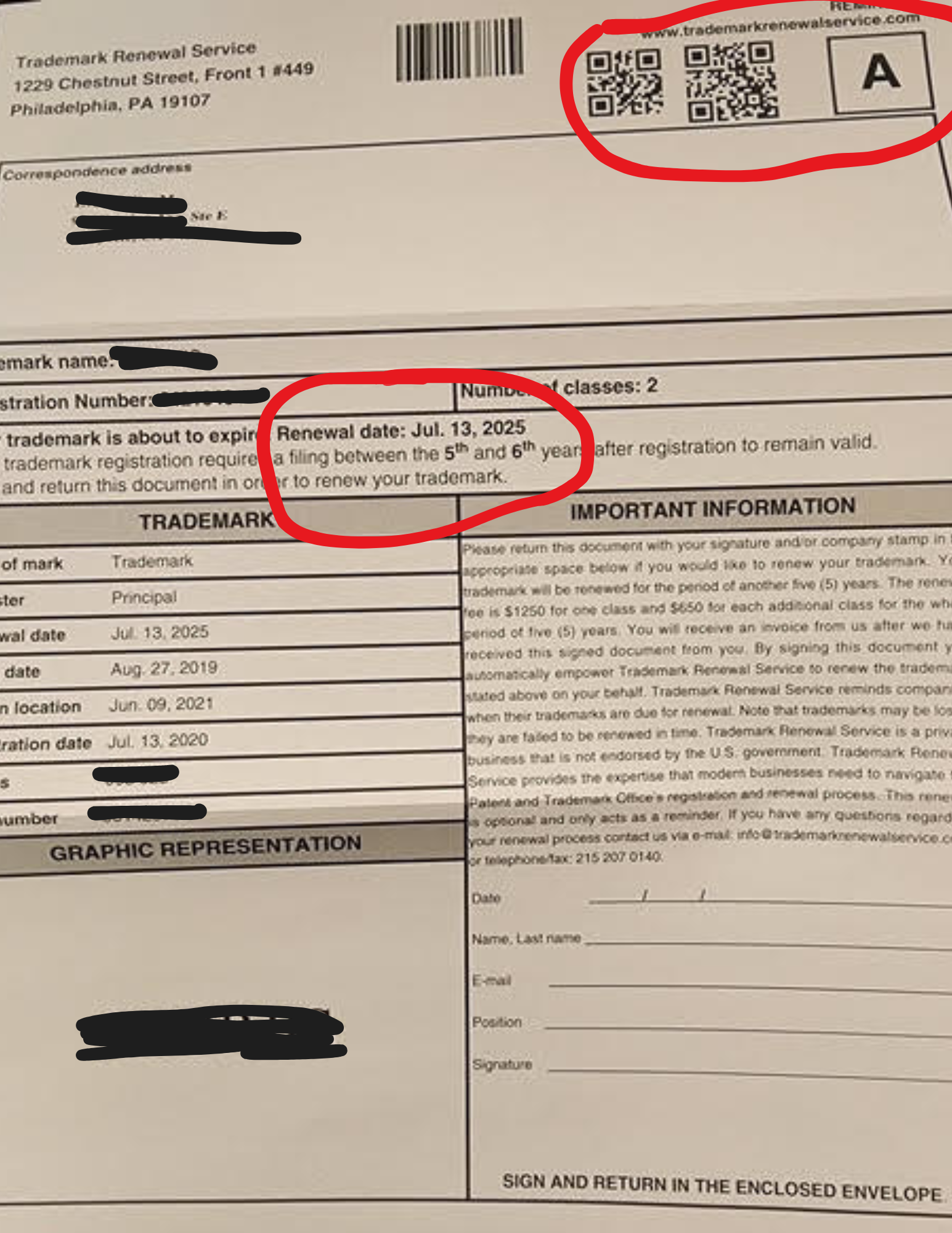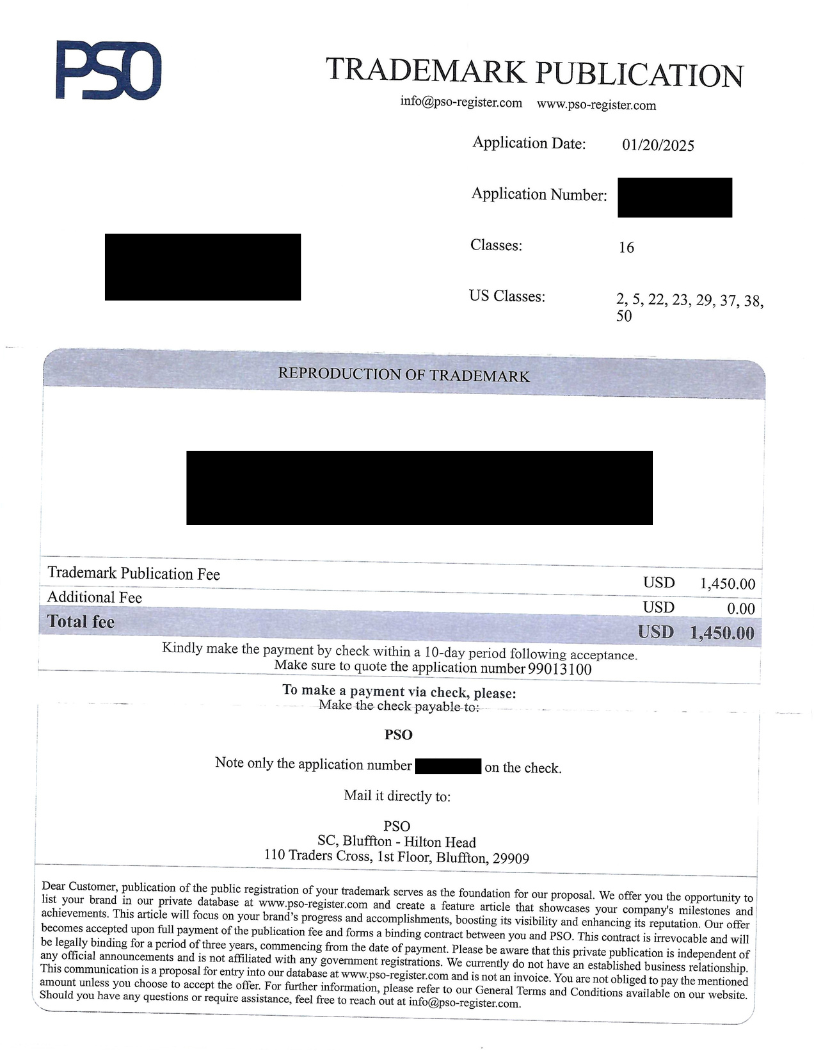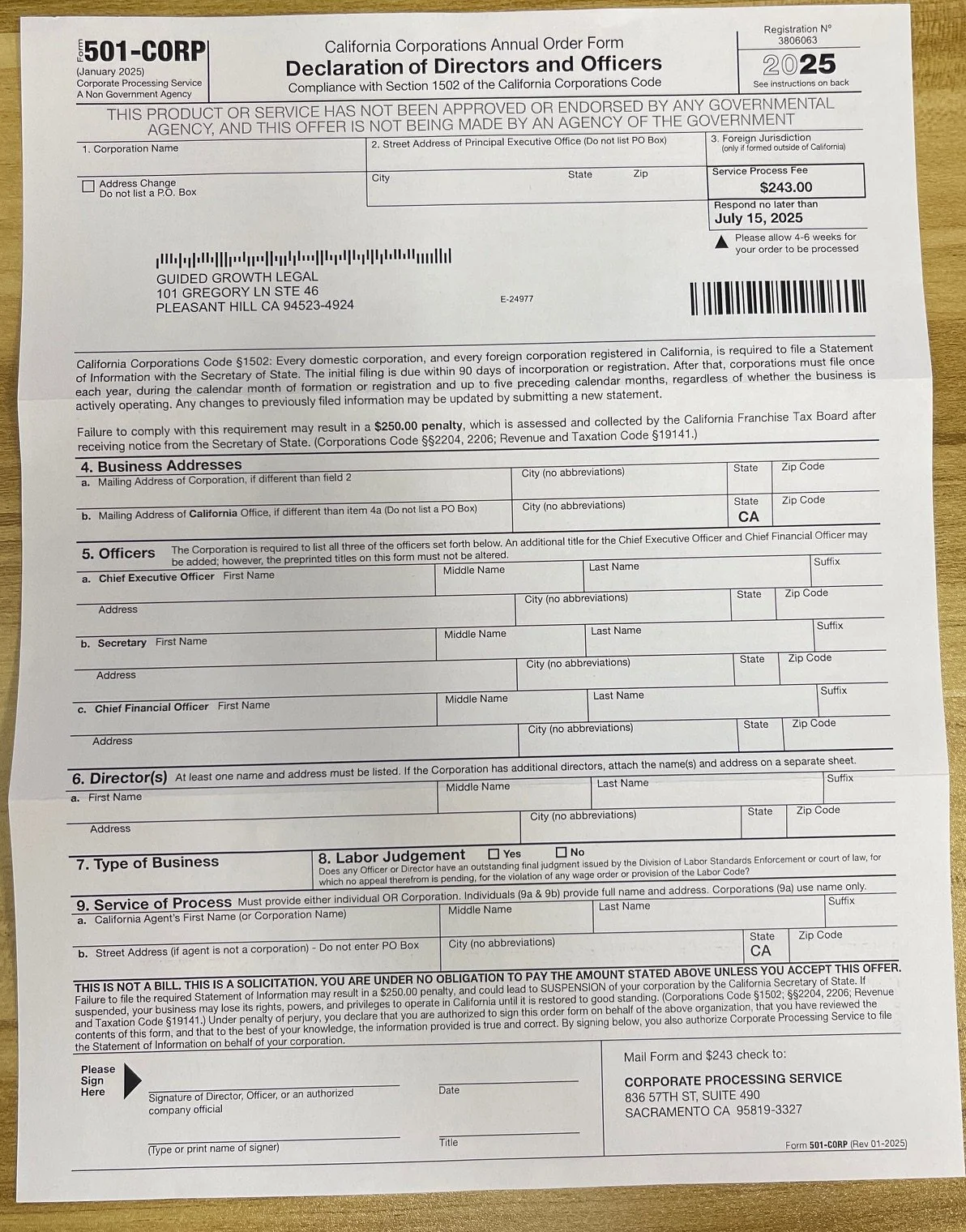🚨Trademark Scams: What You Should Know🚨
Trademark scams can come from multiple sources, including:
📬 Mail – Scammers send official-looking letters that mimic USPTO correspondence, often demanding payment for fake services.
📧 Email – Fraudulent emails may claim your trademark needs immediate renewal or offer bogus monitoring services.
📱 Phone Calls – Some scammers call businesses directly, pressuring them to pay unnecessary fees or "confirm" personal details.
🌐 Fake Websites – Fraudsters create websites that look like official government sites, tricking users into submitting payments.
📩 Text Messages (Less Common) – While rare, some scammers send text messages claiming urgent trademark action is required.

Common Trademark Scams:
✅ Fake Renewal Notices – Scammers claim your trademark is about to expire and demand an immediate payment.
✅ Bogus Trademark Registration Services – Companies offer to "register" your mark in private, useless databases.
✅ Fraudulent Invoices – Scammers send bills for trademark monitoring or listing services you never signed up for.
✅ USPTO Impersonators – Some letters use official-looking logos and government-style formatting to trick you.
How to spot a scam:
❌ Check the sender – Only the USPTO (United States Patent and Trademark Office) handles federal trademarks.
❌ Look for fake deadlines – The USPTO never sends renewal notices by mail.
❌ Verify costs – Compare any fee requests with the official USPTO fee schedule.
❌ Watch for unofficial domain names – The USPTO’s real website is uspto.gov.

What to do if you receive a scam letter:
📩 Do not pay – If you’re unsure, consult a trademark attorney.
📞 Report it – Forward the scam email or letter to the USPTO’s Trademark Assistance Center at TMScams@uspto.gov.
🛑 Educate others – Share this page to help prevent other business owners from falling victim.
Don’t Fall For These!




.png)


